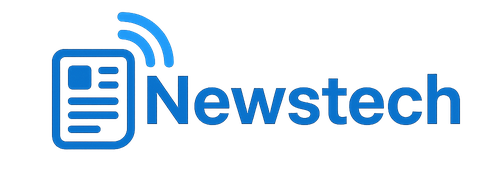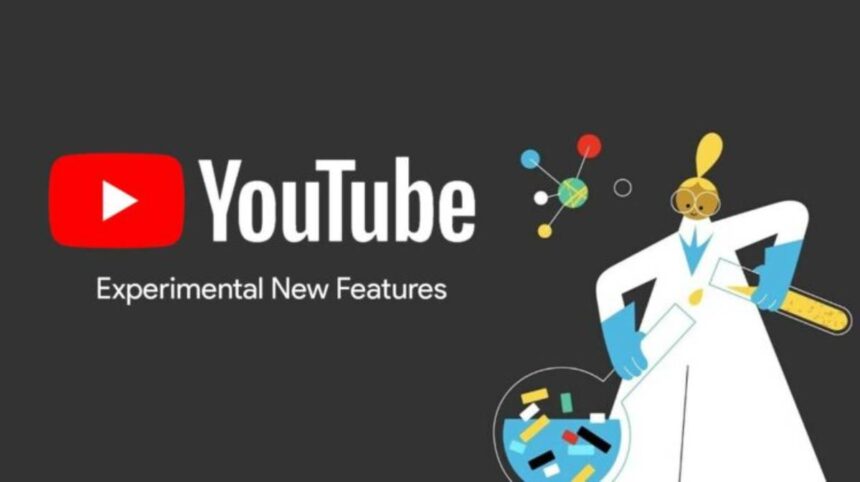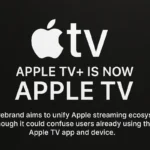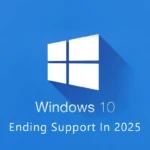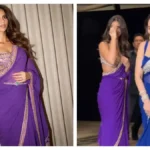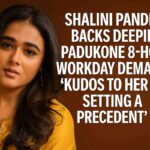YouTube AI Experiment: Creators Outraged as Shorts Videos Are Edited Without Consent
In recent weeks, YouTube Shorts creators have noticed something unusual: their videos no longer look the same once uploaded. Viewers have reported seeing punchier shadows, sharper edges, and unnaturally smooth textures, sparking speculation that YouTube is secretly altering content using AI.
The changes have left many creators angry, raising serious concerns about consent, authenticity, and trust on the world biggest video platform.
What Happened With YouTube AI Shorts?
Several artists and musicians flagged the problem after spotting unexplained visual changes.
- Mr. Bravo, known for his grainy VHS-style aesthetic, said the enhancements completely ruined the retro charm of his videos.
- Musicians Rhett Shull and Rick Beato also noticed that their Shorts looked dramatically different on YouTube compared to how they appeared on Instagram or TikTok.
Viewers, too, chimed in with complaints, saying the videos suddenly looked “plastic-like” or even AI-generated.
YouTube Official Response
A report by The Atlantic confirmed that YouTube is indeed running an experiment. However, the company denied using generative AI. Instead, YouTube said it is testing a new “image enhancement technology” powered by machine learning.
The goal, according to YouTube, is to:
- Unblur videos
- Denoise poor-quality footage
- Improve clarity for better viewing on different devices
Other outlets like Windows Central and TweakTown compared the changes to smartphone image processing, where cameras automatically enhance photos. But creators argue that this is still unauthorized manipulation of their work.
Why Creators Are Upset
At the center of the backlash is one word: consent.
For creators, visual style is part of their identity. By altering content without approval, YouTube risks undermining that relationship.
Musician Rhett Shull summed it up:
“The most important thing I have as a creator is that what I make is truly me. AI upscaling erodes that trust.”
Reddit users also expressed frustration:
- “Unlike your phone, which you can turn off, this is done without consent or even knowledge.”
- “The result looks so artificial that people think the videos are AI-generated.”
The irony hasn’t gone unnoticed either: YouTube requires creators to label AI-generated content, while the platform itself is quietly applying AI-style changes in the background.
Part of a Bigger Tech Trend
YouTube experiment is part of a broader industry shift toward AI-driven media. Social platforms like Meta, TikTok, and Snapchat are increasingly adding AI filters, effects, and automated editing tools—often with limited user choice.
YouTube itself has already rolled out AI-powered creative tools, such as:
- Turning photos into videos
- Generating AI doubles
- Adding special effects with SynthID watermarks
But those tools were at least transparent and opt-in, unlike the current hidden test.
The Ethical Debate: Quality vs. Authenticity
This controversy raises difficult questions about the future of digital content:
- Is AI enhancement a helpful polish or a violation of creative control?
- Can YouTube claim it’s not “generative AI” when the output looks artificially altered?
- Should creators get an opt-out toggle, just like smartphones allow users to turn off filters?
For now, the lack of choice is what worries creators most.
What’s Next for YouTube AI?
YouTube has not confirmed how long the experiment will run or whether it plans to introduce an opt-out feature for creators. Some experts believe this is YouTube way of gradually normalizing AI-enhanced video aesthetics before rolling them out more widely.
Until then, creators remain skeptical, demanding greater transparency and control over how their work appears to audiences.
